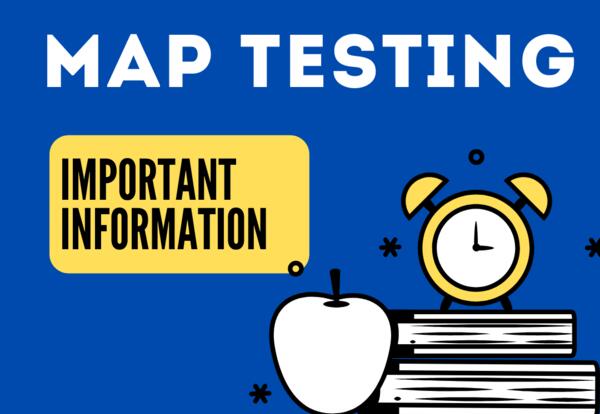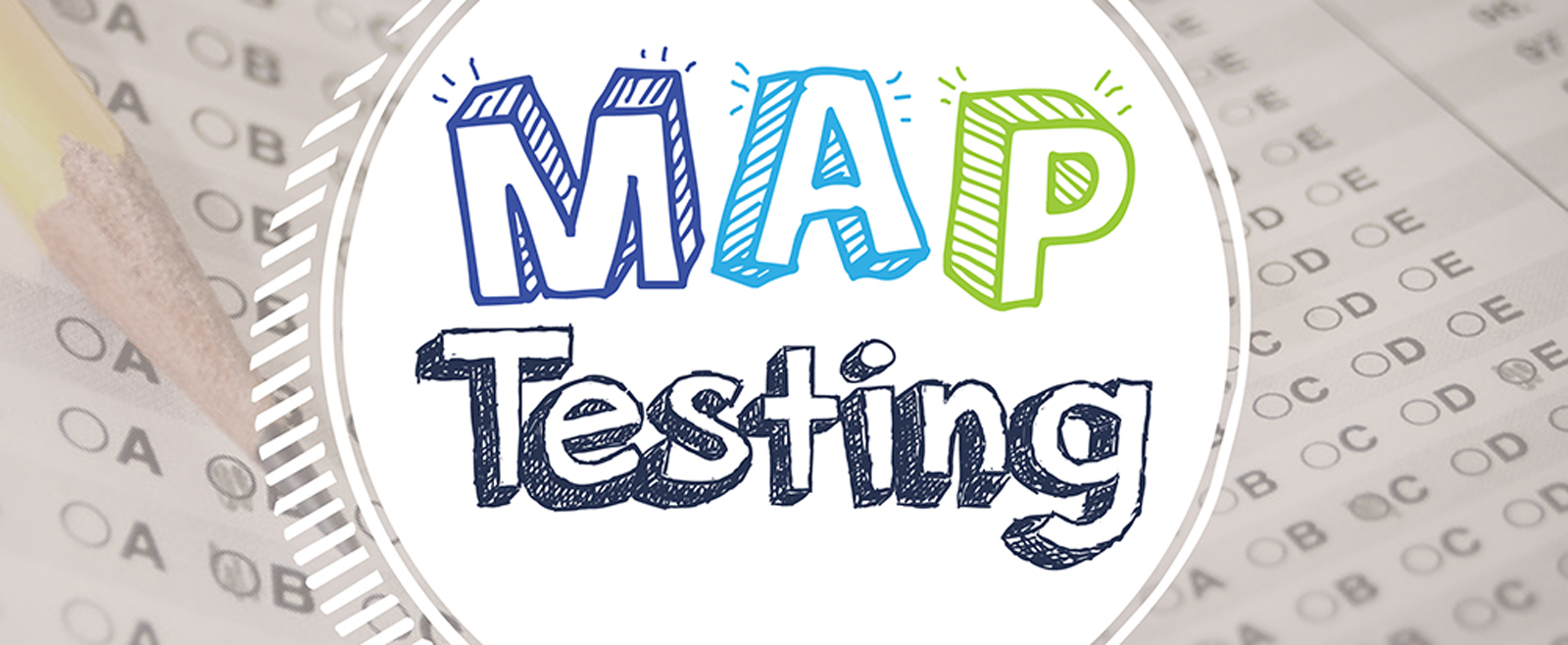Before looking at MAP Growth Reports - Some Important Information
Please feel free to watch the video or read the text, the content is identical.
Tomorrow, you will receive your child or children’s MAP Growth Student progress Reports. Before you do that, however, I’d like to share a number of very important messages with you.
Some facts about MAP Growth testing at our school this year
In the last few weeks, AISM faculty have been looking at the MAP Growth data in various forms, exploring what it might be showing us and what some of the implications might be for teaching and learning at AISM. The general levels of performance in many areas of the tests was very high and teachers have been extremely encouraged by what the data is showing them. When there is so much being said in the media in many countries about "lost learning" during the pandemic, we feel very proud of the learning that has continued to happen - either online or on campus - at AISM since the outbreak of COVID19… and very proud of our students.
The areas in which students have struggled, tend to be areas of the curriculum they have not learned yet, as we did our testing at the start of the year. Every year, the tests are based on the learning outcomes for that grade level and so, if students have not yet learned particular areas of the curriculum, that will come through in the data.
For the first time ever, the average scores for each test in every grade level are all higher than the US norms… in some cases, significantly higher. Of course, we understand that many students in the US have not had access to the ongoing quality education that AISM students have had during the pandemic, but this is still a very encouraging trend.
Many students have a RIT score that is slightly lower than the one they got in tests we did in March/April last academic year. This is not a cause for concern as the students are taking tests based on a whole new grade level’s learning outcomes and so are engaging with more challenging content. It’s also very common for students to perform a little lower at the start of the year after having a nice, long holiday!
This is going to be the first time that we will administer the MAP Growth tests two times in one academic year - once at the start of the year (click) and then the second time towards the end of the year (click). This means that we can finally start maximizing the potential of the test, which is actually designed to measure growth within an academic year. Until this year, because of the pandemic, we have only been doing the tests once every year and therefore only getting data from one year to the next.
Getting test scores can be a time of emotional extremes for families. If your child seems to have done incredibly well, for example, you might see it as a time to celebrate, but you may be disappointed if your child doesn’t do so well next time - which does happen. If your child seems to have done badly, you might become angry, maybe even angry with your child… and this won’t help them with their learning at all. Or, you may even look for someone else to blame - the school, or a teacher - and this damages relationships and, again, doesn’t help the student with their learning.
- are really familiar with, and good at, doing standardized tests like these
- just had a really good day and outperformed themselves
- are doing standardized tests like these for the very first time, like the whole of Grade 3 and many others new to the school and coming from schools where MAP is not done.
- struggled with the complexity of the English in the tests if they are new or still fairly new to the English language.
- just had a bad day - there might have been some conflict in their lives that day, they might have been very nervous, they might have lacked motivation, they might have been unwell, they might have felt anxious because of the pandemic.
- could have had technical problems with their computer or with the internet that disrupted their experience of doing the tests.
- are comfortable and familiar enough with the test, or similar tests.
- were feeling good that day.
- had a smooth testing session and there were no technical difficulties.
So, tomorrow you will receive instructions about how to access and understand your child’s MAP Growth Student Progress Report. Many thanks for your time and attention to these important messages about MAP Growth testing at AISM.





